At the press conference announcing socio-economic statistics for the first quarter of 2025 held on April 6, the General Statistics Office ( Ministry of Finance ) informed that in the context of the world economy still having many uncertainties, our country's economic growth still achieved many positive results. Gross domestic product (GDP) in the first quarter is estimated to increase by 6.93% over the same period last year, reaching the highest growth rate compared to the first quarter of the years in the period 2020-2025.
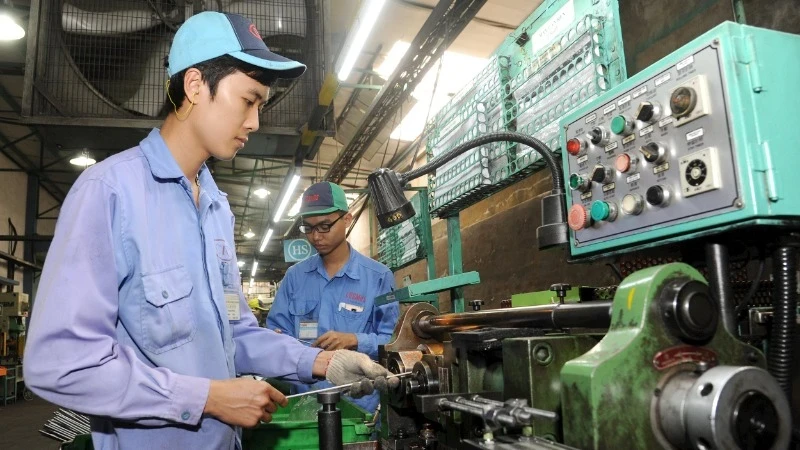
The GDP growth in the first quarter exceeded the target set in Resolution No. 01/NQ-CP (from 6.2 to 6.6%), but did not reach the higher target set in Resolution No. 25/NQ-CP (7.7%). Therefore, the growth target of over 8% for the whole year of 2025 is a huge challenge.
Proactively control inflation
At the press conference, Director General of the General Statistics Office Nguyen Thi Huong said that industrial production in the first quarter continued to flourish, in which the processing and manufacturing industry was an important driving force for growth, contributing up to 2.33 percentage points to the total added value of the entire economy . The index of industrial production (IIP) is estimated to increase by 7.8% over the same period last year, the highest increase in the first quarter since 2020.
In addition, agricultural production continued to grow steadily at 3.74% thanks to favorable weather; livestock development was good, diseases were controlled; aquaculture output increased due to the promotion of super-intensive farming, increased application of high technology...
The high demand for consumption during the Lunar New Year and the increasing number of international visitors to Vietnam also contributed to the relatively high growth of the trade and service sector.
In the economic structure in the first quarter of 2025, the agriculture, forestry and fishery sector accounts for 11.56%; the industry and construction sector accounts for 36.31%; the service sector accounts for 43.44%; product taxes minus product subsidies account for 8.69%.
Another bright spot of the first quarter economy is that public investment was actively disbursed from the beginning of the year with an impressive increase of 19.8%, contributing to creating growth momentum. Attracting FDI capital also showed many positive signs, with realized capital in this sector increasing by 9.3% over the same period in 2024.
In the first quarter, exports continued to grow strongly with goods turnover increasing by 10% and services increasing by 18%; Vietnam continued to have a trade surplus of more than 3 billion USD.
The consumer price index (CPI) in the first quarter increased by 3.22% over the same period last year, lower than the target set by the National Assembly. Explaining more about the CPI, Head of the Service and Price Statistics Department (General Statistics Office) Nguyen Thu Oanh shared: Vietnam's proactive, flexible, timely and effective monetary policy has contributed to promoting economic growth and controlling inflation well. However, the world economic and political situation is evolving very complicatedly and unpredictably.
To successfully control inflation this year, the General Statistics Office recommends that the Government, ministries, sectors and localities closely monitor world price developments to promptly warn of risks affecting Vietnam's inflationary prices, ensuring supply and stabilizing domestic prices.
This is important because the new US tariff policy has the potential to disrupt the global free trade order, creating a tariff race between economies, causing commodity prices to rise.
To successfully control inflation this year, the General Statistics Office recommends that the Government, ministries, sectors and localities closely monitor world price developments to promptly warn of risks affecting Vietnam's inflationary prices, ensuring supply and stabilizing domestic prices. This is important because the new US tariff policy has the potential to disrupt the global free trade order, creating a tariff race between economies, causing commodity prices to rise. |
To ensure smooth supply, circulation and distribution of goods and services, especially strategic goods that are likely to be affected by the disruption of the global supply chain, ministries, branches and localities need to closely monitor the prices of essential goods such as food, foodstuffs, gasoline, gas, etc. to have appropriate management solutions, proactively prepare goods for holidays and Tet to limit price increases; have measures to stabilize prices, and strictly handle unreasonable price increases.
The level and timing of price adjustments for services managed by the State must be appropriate, avoiding the situation of inflation resonance, cost-push, creating expected inflation for the economy. The State needs to flexibly and synchronously operate monetary policy tools to control inflation according to the set target, at the same time remove difficulties for businesses, and stabilize people's lives.
Promote public investment
The world economy is forecast to face many risks and challenges from now until the end of the year. In particular, the policy of imposing reciprocal tariffs by the US President Donald Trump administration on goods imported from countries around the world will have a negative impact on the world economy in general and Vietnam in particular, creating many major challenges for Vietnam's economic growth in the coming time.
In context GDP The first quarter growth was 0.7% lower than the growth scenario of 8% or more, putting great pressure on the following quarters. According to the General Statistics Office's calculations, the growth rate of the second quarter needs to be 8.2%, the third and fourth quarters are 8.3% and 8.4% respectively, and the overall growth rate of the last nine months of the year must increase by more than 8.3%.
According to Head of the Department of Industry and Construction Statistics (General Statistics Office) Phi Huong Nga, public investment has been identified by the Government as one of the important driving forces in 2025 to boost aggregate demand, lead to attract investment from the private sector, activate and attract social resources to support growth in the context of global economic instability and domestic economic difficulties and challenges.
Public investment in the first quarter is estimated at about VND 116.8 trillion, equal to 13.5% of the annual plan and up 19.8% over the same period in 2024, the highest since 2022. This is a very positive result showing that, with the strong direction of the Government and the focus on implementation by ministries, branches and localities, public investment capital flows have gradually been cleared since the first months of the year.
Public investment in the first quarter is estimated at about VND 116.8 trillion, equal to 13.5% of the annual plan and up 19.8% over the same period in 2024, the highest since 2022. This is a very positive result showing that, with the strong direction of the Government and the focus on implementation by ministries, branches and localities, public investment capital flows have gradually been cleared since the first months of the year. |
In the coming time, Ms. Nga recommended that units continue to focus on completing the allocation of the 2025 public investment capital plan for projects/works; resolutely direct investors to immediately implement projects that have been assigned capital plans, speed up the implementation and disbursement of investment capital for transitional projects and works; and minimize the need for adjustments during the implementation process.
For projects that are slow to be implemented, there needs to be a timely adjustment plan to transfer capital to projects with good progress, quick disbursement, and the ability to complete in 2025 but have not yet been allocated enough capital; at the same time, it is necessary to research and deploy the use of digital tools, real-time data systems, and build smart monitoring tools to monitor and give early warnings of bottlenecks and difficulties, and report to competent authorities to find timely solutions.
Director of Statistics Nguyen Thi Huong emphasized that to achieve growth target By 2025, the GDP growth rate of more than 8% is a big challenge, requiring the joint efforts and consensus of the entire political system. It is necessary to promote consumption, focus on developing the domestic market in parallel with effectively implementing solutions to promote exports. Vietnam needs to quickly negotiate with the US government to reduce tariffs on imported goods from Vietnam; at the same time, take advantage of the 17 signed free trade agreements to expand the export market, reducing dependence on the US.
Domestically, we need to speed up the progress of key projects, especially large-scale infrastructure projects with spillover effects such as belt roads, highways, and metro lines; and selectively attract foreign investment in processing, manufacturing, and high-tech industries such as artificial intelligence and semiconductors.
On the other hand, Vietnam needs to create breakthroughs for new growth drivers, science and technology development, innovation, digital transformation, and high-quality human resources. The Government, ministries, sectors, and localities need to focus on supporting businesses in accessing and applying artificial intelligence, digital transformation, green transformation, developing creative economy, and sharing economy; promoting new business models, prioritizing a number of sectors such as wholesale, retail, processing and manufacturing industry, tourism, and logistics.
To do this, Vietnam increases investment in research and development, develops high-quality human resources, and promptly issues breakthrough policies to attract experts, especially talented foreign experts and overseas Vietnamese, to work, develop science, and innovate for the country.
Source: https://baolangson.vn/kien-dinh-voi-muc-tieu-tang-truong-5043302.html





![[Photo] Prime Minister Pham Minh Chinh and Prime Minister of the Kingdom of Thailand Paetongtarn Shinawatra attend the Vietnam-Thailand Business Forum 2025](https://vphoto.vietnam.vn/thumb/1200x675/vietnam/resource/IMAGE/2025/5/16/1cdfce54d25c48a68ae6fb9204f2171a)












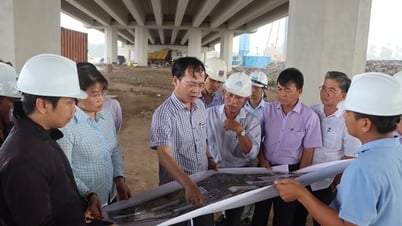












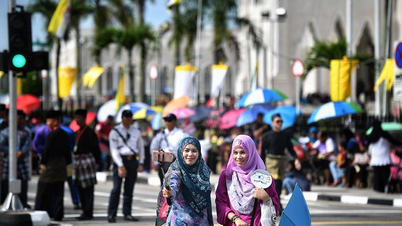
![[Photo] President Luong Cuong receives Prime Minister of the Kingdom of Thailand Paetongtarn Shinawatra](https://vphoto.vietnam.vn/thumb/1200x675/vietnam/resource/IMAGE/2025/5/16/52c73b27198a4e12bd6a903d1c218846)







































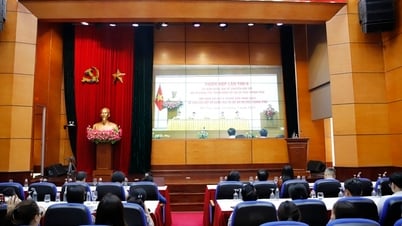






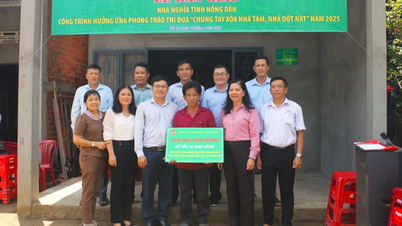



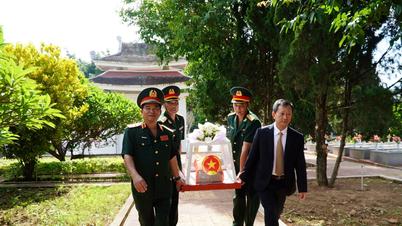











Comment (0)